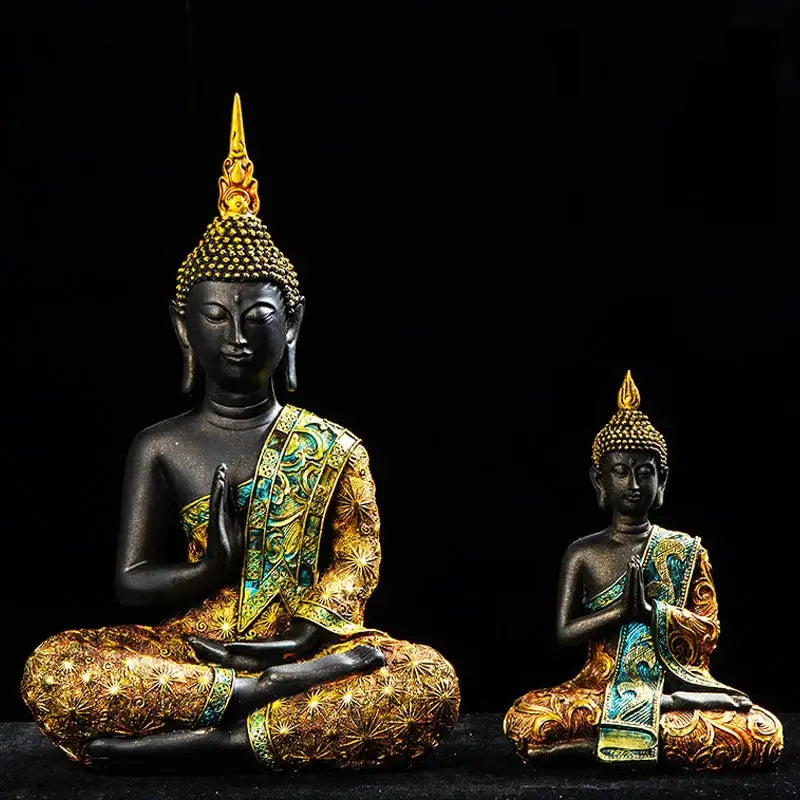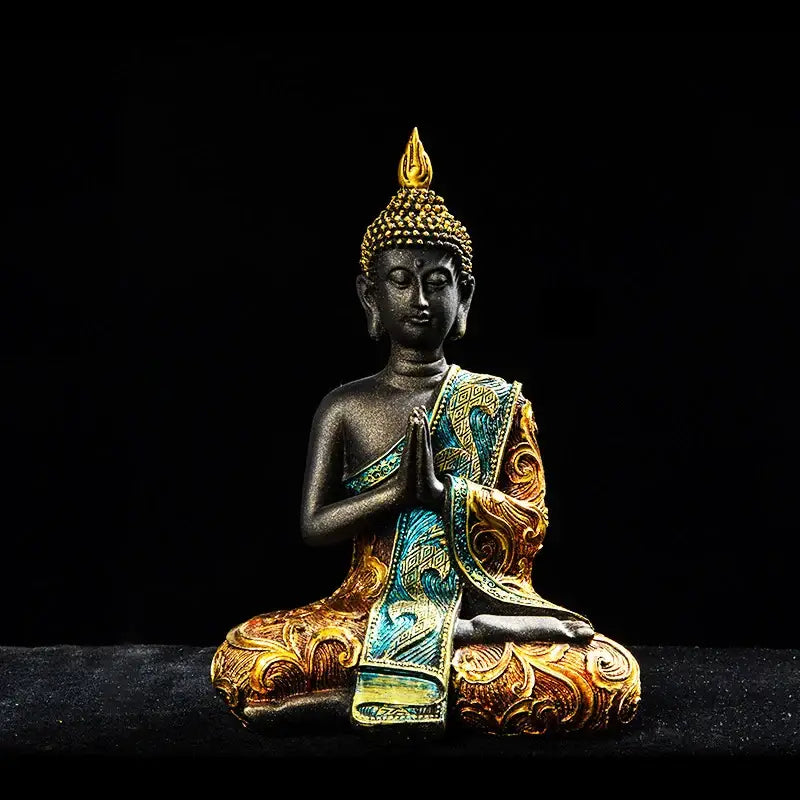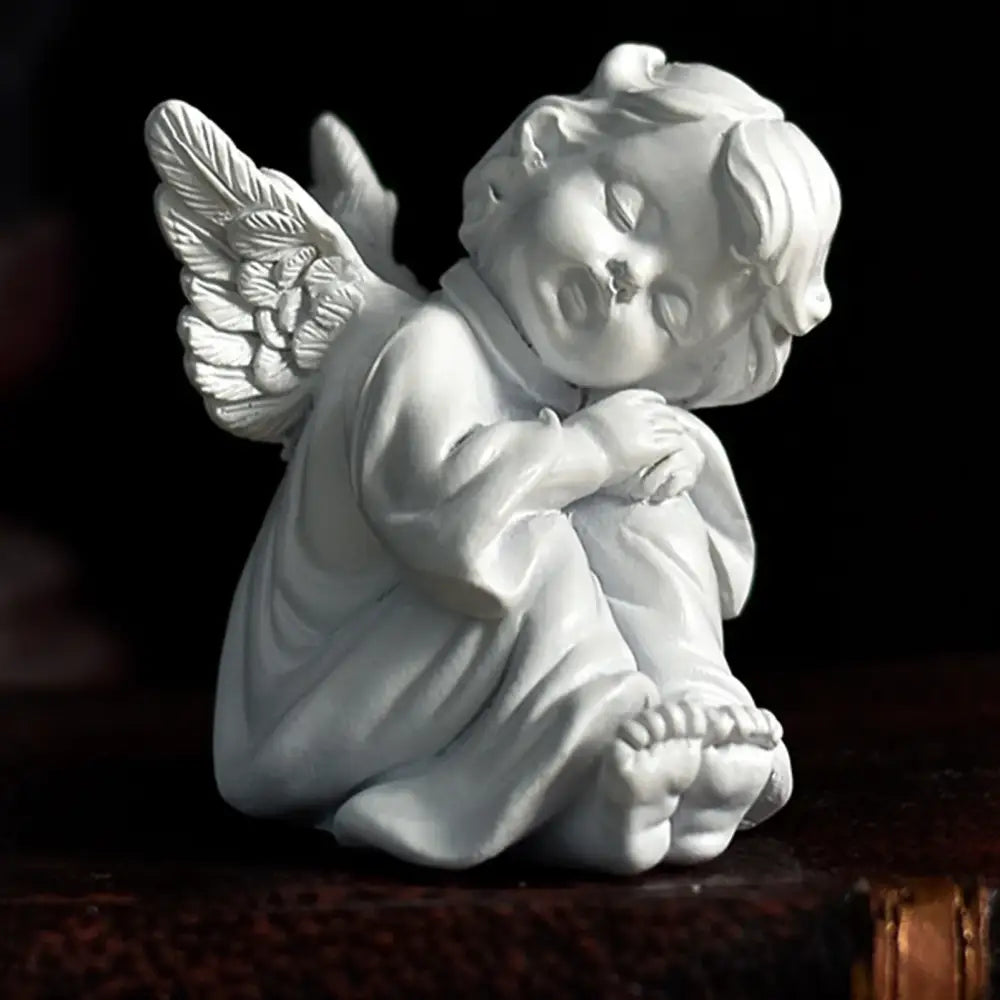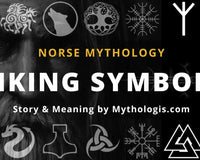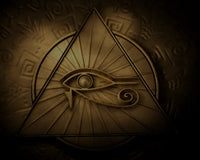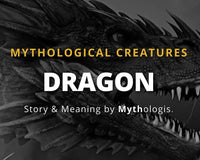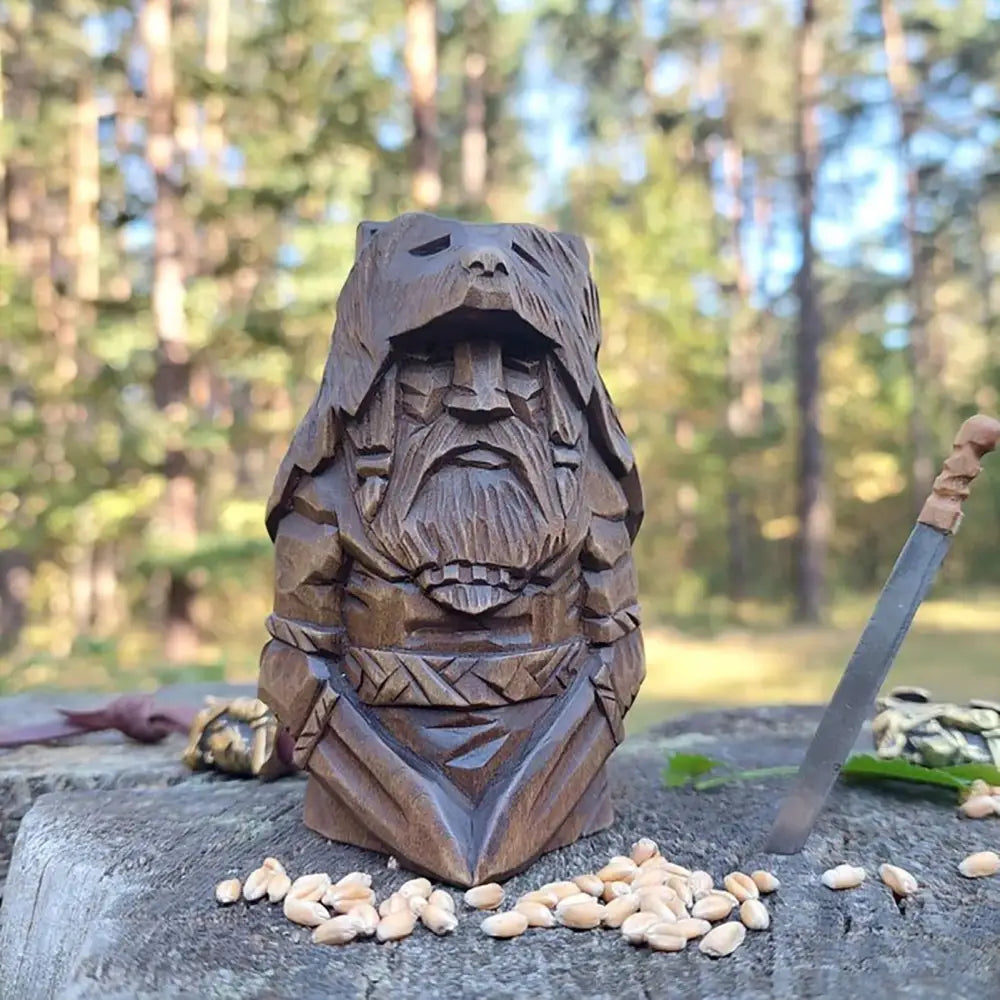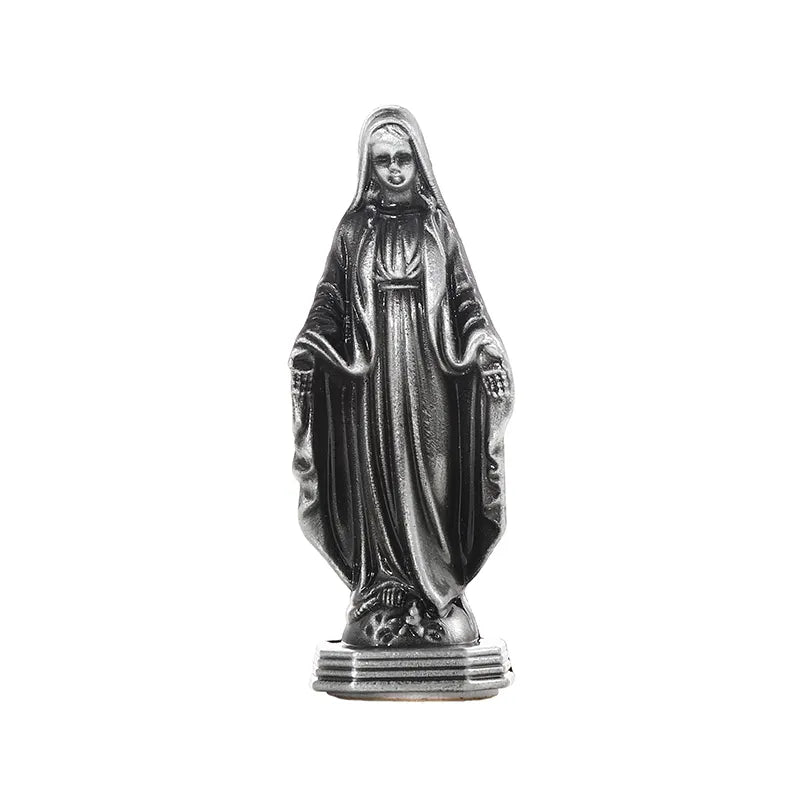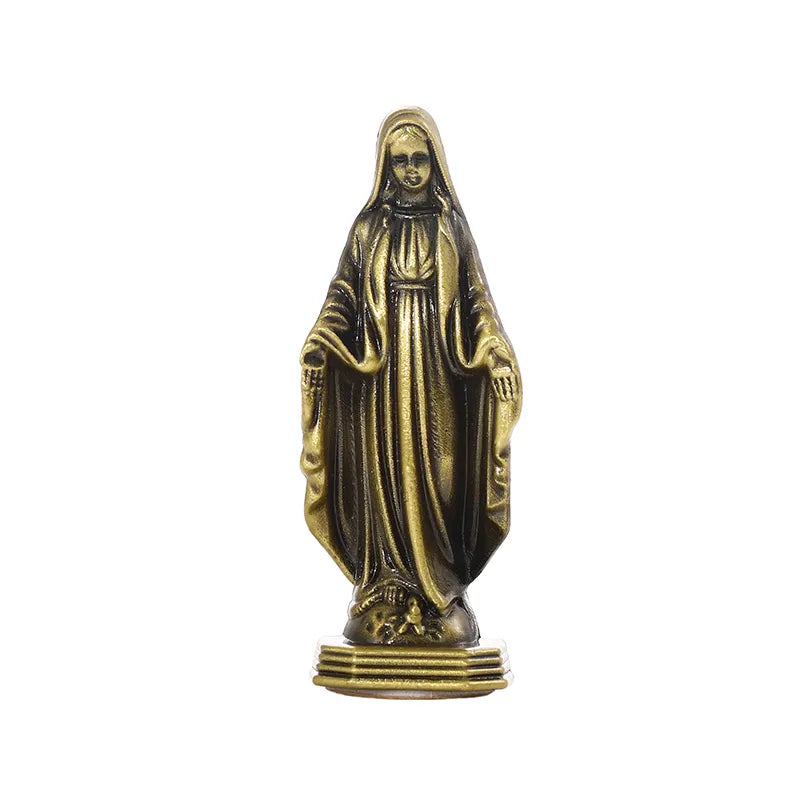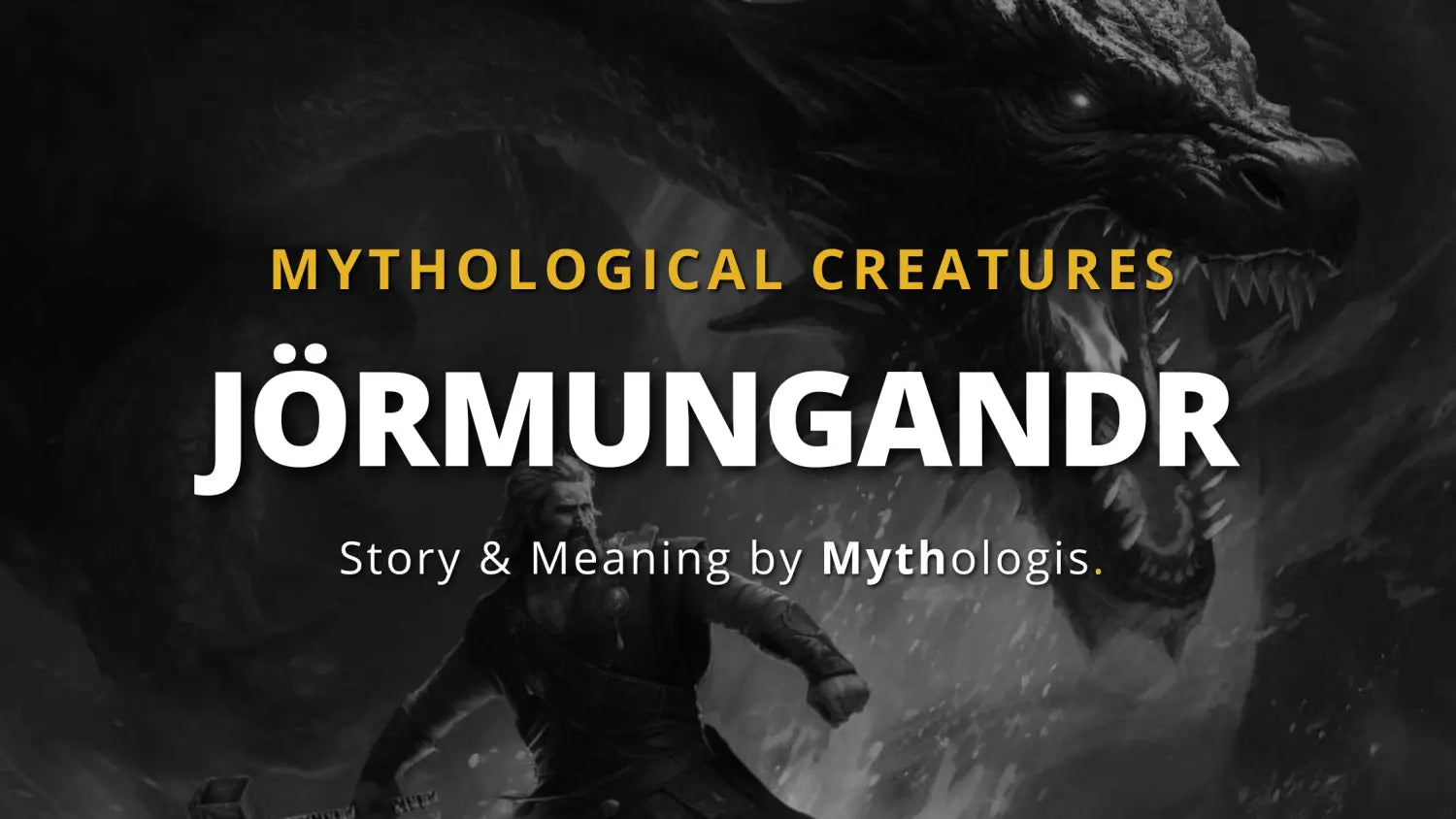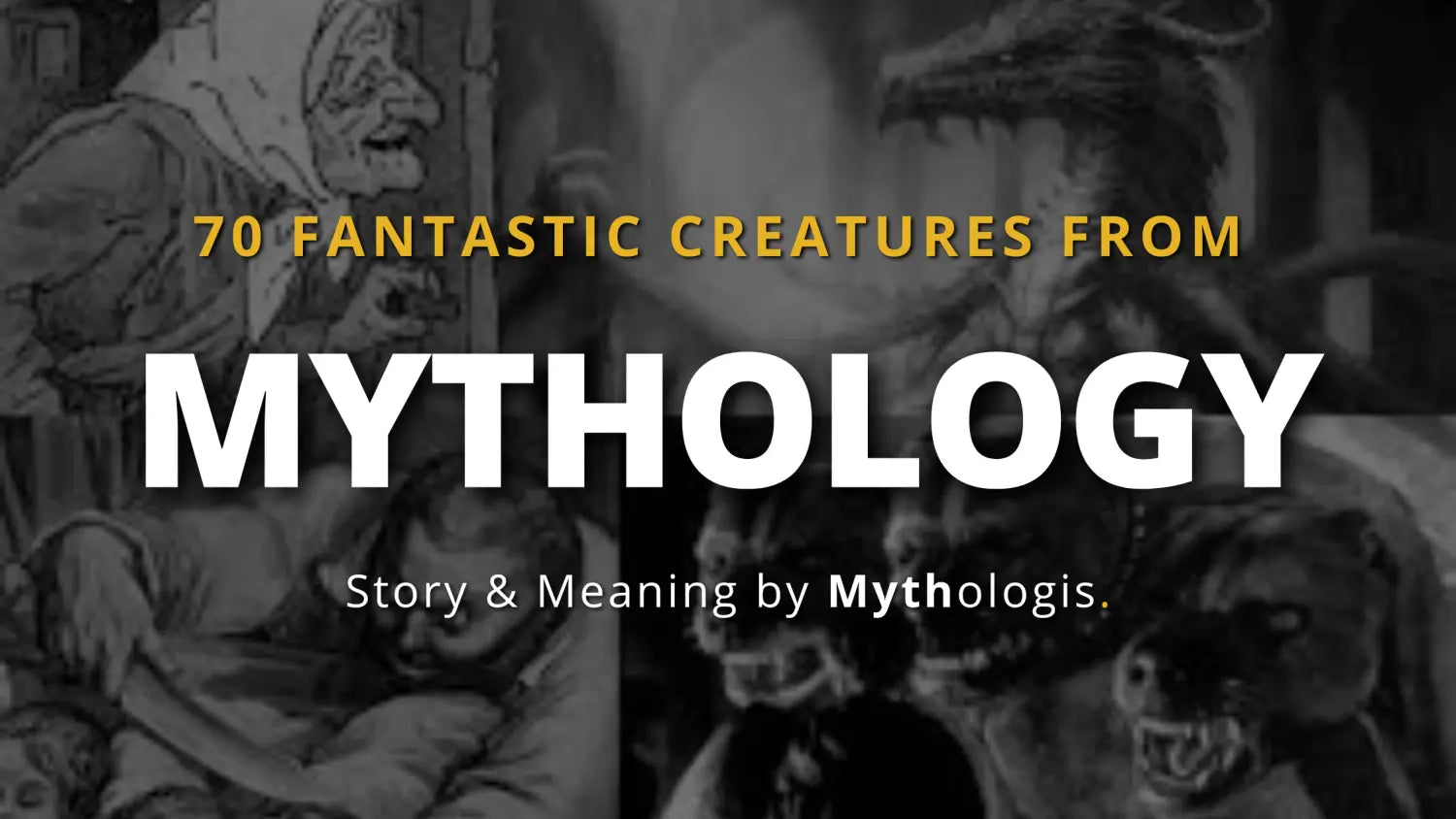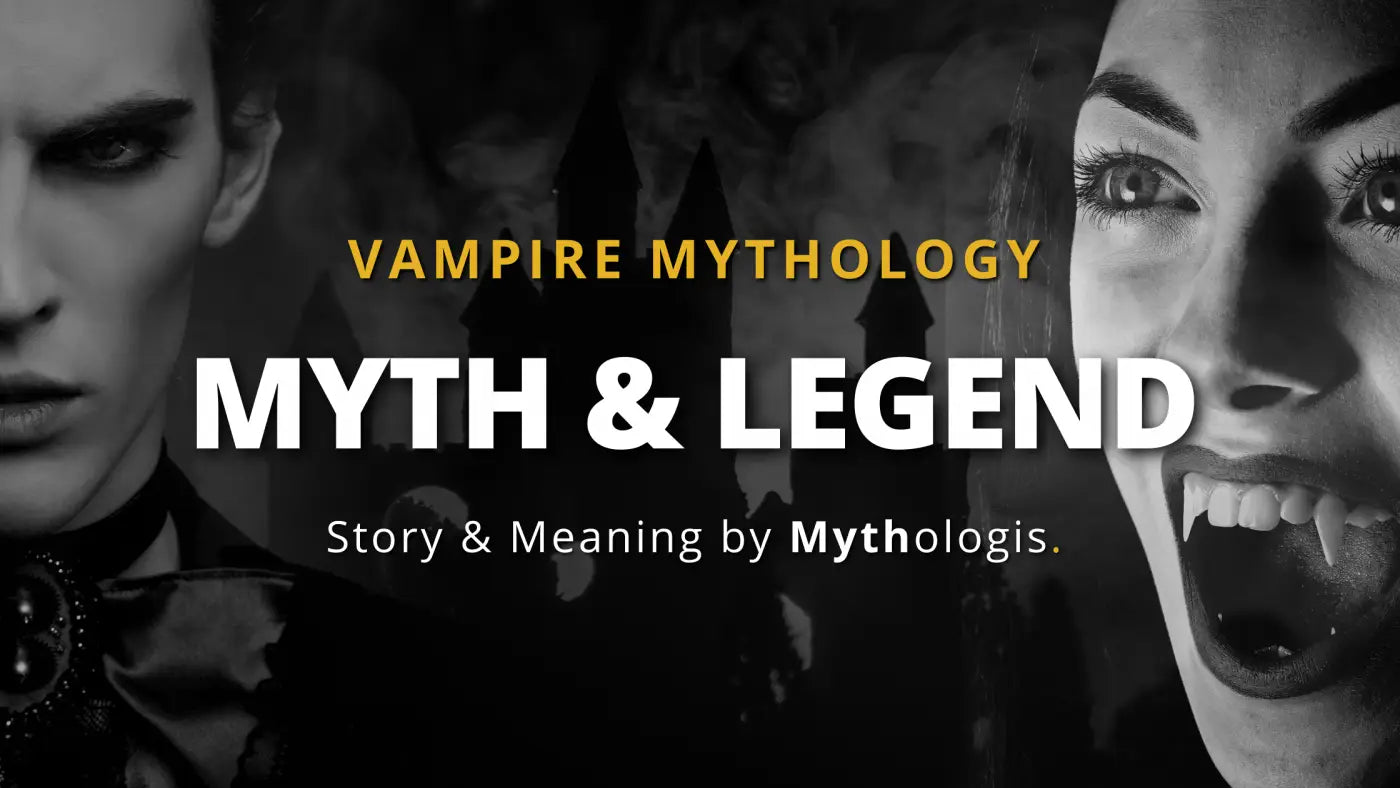A werewolf is a mythical creature that is often described as a person who can transform into a wolf or wolf-like creature, typically through the use of a magic spell or by being cursed. In many mythologies, werewolves are associated with the idea of lycanthropy, which is the ability or power to transform into a wolf.
In some mythologies, a werewolf is a human who turns into a wolf only during a full moon, while in others a werewolf can transform at will. Werewolves are often portrayed as being highly aggressive and dangerous, and they are often hunted and killed by humans in myths and legends.
The idea of the werewolf is found in many different cultures and mythologies around the world, and it continues to be a popular subject in modern storytelling.
Misunderstood and feared, the wolf has long terrorized medieval peoples. When this wolf became a wolf man, called a werewolf, the fear was redoubled. Legends about men turning into wolves are known from ancient times.
The very term “lycanthropy” comes from the Greek king Lycaon – ruler of Arcadia – transformed by Zeus into a wolf for having dared to serve human flesh at a banquet.
The werewolf myth

The myth of the werewolf is ancient and common to many peoples. As early as the 5th century B.C., Herodotus relates that the Greeks who settled on the shores of the Black Sea considered the inhabitants of these regions as “magicians capable of transforming themselves into wolves”.
The werewolf in the Middle Ages
The harshness of the winters at the end of the Middle Ages, the fear of the wolf (still very present in the forests of Europe in the fifteenth and sixteenth centuries) can explain the “epidemic” of werewolves that occurred at that time and which transforms the myth into religious superstition. They also explain the appearance of philtres, magic ointments and other pacts with the Devil that accompany the legend.
A man who turns into a wolf Creature

That said, the belief that a man can metamorphose into a predatory animal is not unique to the Western world, far from it! For example, the tiger man, the leopard man or the crocodile man play a similar role in Indian and African legends.
In Scandinavian mythology, human beings took on the appearance of a bear to hunt. The origin of the myth comes perhaps from the Nordic mythology, with its gods, who metamorphose into a bear or a wolf.
The transformation itself can have different causes, such as the bite of a wolf or another lycanthrope, a curse or a voluntary ritual. It usually occurs during the night and every full moon, condemning the lycanthrope to wander around as a wolf, howling until morning.
Lycanthropes are mostly described as evil wolf-men with both wolf and human abilities, colossal strength, and great ferocity as they are capable of killing many people in a single night; something they usually do not remember after returning to human form.

The physical transformation of men into wolves being – apart from problems of genetic difference, recourse to surgery or the use of disguises – totally impossible, there is little reason to believe that these creatures really existed as they are described. However, people have believed in them for a long time, and sometimes continue to believe in them (or watch stupid movies that endlessly exploit the concept).
Today, lycanthropy is only scientifically recognized as a symptom of mental illness: it is called clinical lycanthropy (the patient believes he/she is transformed into a wolf).
Lycanthropy

In our modern imagination, werewolf metamorphosis can be voluntary as well as involuntary. In many books, movies and other productions, what can be considered as a kind of disease would in fact be transmissible by a simple bite inflicted by a wolf or, sometimes, by a lycanthrope himself. In some cases, this curse could also be the result of a spell.

The infected, or bewitched, man turns into a ferocious wolf – with long hair covering his whole body, impressive fangs and sharp claws – on nights of full moon or when he needs to defend himself.
In fact, these creatures are said to be uncontrollable during their transformation as animal instinct completely overrides their human consciousness – they could kill their own mother! In most stories featuring these shape-shifters, there is no cure for them to regain their nature.
They must learn to control their bloodthirsty impulses. So people resort to a variety of schemes to limit the damage – from chaining to taking potions or other “drugs” (for example, the wolf-killing potion used in Harry Potter to relieve Remus Lupin’s symptoms).
The Myth of the werewolf remains of unconfirmed origin

No one could say when the werewolf myth was really born, but it is possible to find some clues in the ancient stories that have come down to us.
In Greece, the origins of the lycanthrope are diverse. One of his first evocations is in the poem “Metamorphoses” by Ovid (8 ACN). One of its parts tells this: Lycaon, the king of Arcadia, was a real tyrant who despised the gods. One day, Zeus came to his palace in the form of a human to put him to the test. Lycaon, having understood the stratagem, wanted to test the god by serving him human flesh.

The father of gods, very angry, burned his palace, killed his sons and condemned the king to transform into a wolf (because of his appetite for human flesh). The term lycanthrope is said to actually come from the Greek lukanthrōpos, derived from the king’s name. Since then, cannibalism has been associated with lycanthropy in the Greek imagination.
In ancient Rome, we find one of the first mentions of werewolf thanks to a writing of the poet Virgil, the Bucolics VIII. He talks about a man, Meris, who could transform himself into a wolf thanks to herbs and poisons.
The French Werewolf

Just as witches have been for much of history, werewolves have been hunted, tried and executed. In fact, witches themselves were frequently accused of being lycanthropes. The settling of scores between villagers was often at the origin of these accusations, but sometimes real sinister actions took place.
In France, the 16th century saw its share of suspected lycanthropy. Several people who happened to be serial killers were executed because they were thought to be werewolves. But one of the earliest mentions of the creature in France is in a report from 1214: Gervaise de Tilbury told Emperor Otto IV that inhabitants of Auvergne had been seen turning into wolves during the full moon.
Legends about the Wendigo

It is from America that most werewolf representations come to us today: from Michael Jackson’s Thriller video to teenage films, but also horror films.
The vision that they transmit of this “monster” would come from a meeting between the European werewolf (a legend brought by the many colonists who settled in America) and the Wendigo, a creature of Native American folklore.

This beast from the mythology of the Algonquian First Nations of Canada is mainly characterized by cannibalism. We find here the link with the Greek legend of Lycaon. Logically, these beings are also commonly associated with winter and famine.
In Louisiana, the lycanthrope takes the name rougarou – it is in fact a deviation of the French word “loup-garou”. The many French people who went to live there are not for nothing. Like most of its fellow creatures, the rougarou has a thirst for blood that is difficult to satisfy. It lives mainly in the bayou.
The werewolf in Norse mythology

In Norway and Iceland, the werewolf has also found its place. Scandinavian mythology is very rich and the Vikings influenced Icelandic literature during their colonization. Their stories are told in the form of sagas. In one of them, the Volsunga Saga, which dates from the 13th century, there are many stories of lycanthropes.
The one about Sigmund and his son Sinfjotli is probably the best known. During a walk in the forest, the two men find a hut in which they come across two bewitched wolf skins. Once on their backs, these skins turn their owners into wolves. But the spell lasts for ten days – the skin cannot be removed any sooner. Sigmund and Sinfjotli cover themselves with the skins and go hunting.

They separate, promising to howl to each other if they find seven men to fight at once. Sinfjotli does not keep his word and his father inflicts a fatal wound in anger. Fortunately, Odin sends his messenger, a raven, to save the son with a healing leaf. Once the son is healed, the two undress as the tenth day has arrived. They destroy the skins with fire, thus freeing themselves (and perhaps others who might have been tempted) from the curse of lycanthropy.
Could the werewolf be man’s invention
Werewolf legends are diverse and the origin of this creature is obviously not unique. The few legends and stories told here are just a sample of all the appearances of this monster in cultures and folklore. People all over the world have invented stories about lycanthropes, probably to exorcise their fear of the ferocious wolf.

Rumors of cannibalism and murders in their communities were added to this fear of the animal. All these elements led them to imagine a curse or a spell that would turn man into a wolf during the night (or only on the nights of the full moon) so that he could satisfy all his most abominable impulses.
Today, the werewolf has been, in some cases, romanticized (as in the series for teenagers), but it still remains a source, if not of fright, at least of curiosity.


